The woolly mammoth, an iconic symbol of the last Ice Age, has long captured the imagination of scientists and the public alike. With its dramatic tusks and thick, woolly fur, this remarkable creature roamed the earth during the Pleistocene Epoch, which lasted from about 2.6 million to 11,700 years ago. Today, the woolly mammoth is extinct, but it remains a subject of fascination due to its evolutionary success, ecological impact, and the insights it provides into past climates and environments.
Physical Characteristics of the Woolly Mammoth
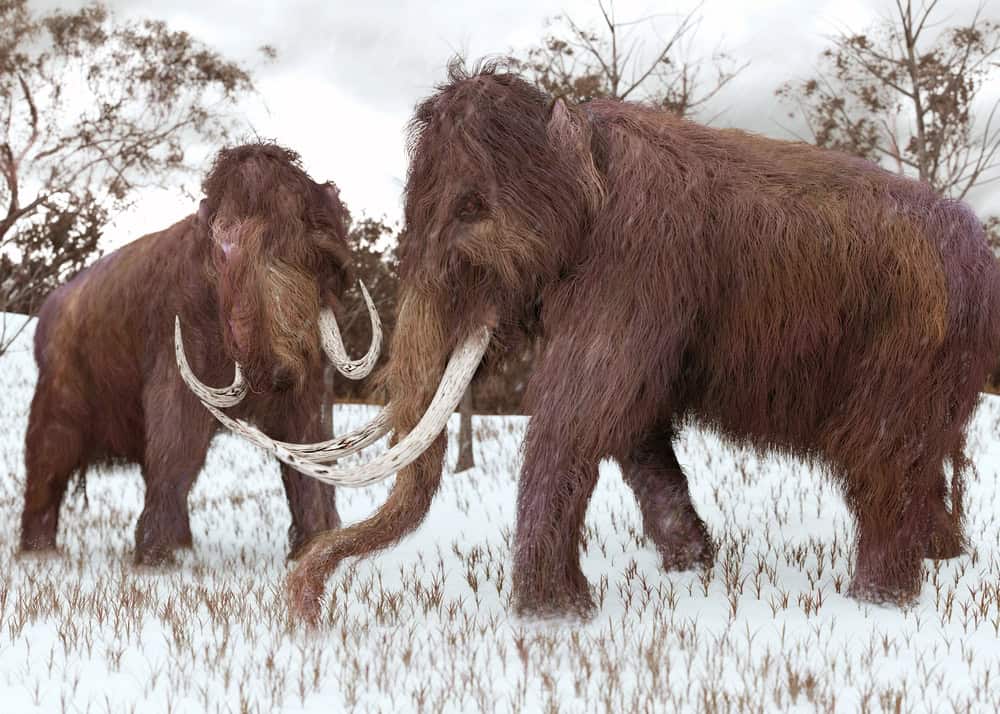
The woolly mammoth, known scientifically as Mammuthus primigenius, was well-adapted to the cold environments of its time. Standing up to 11 feet tall at the shoulder and weighing as much as 6 tons, these giants were similar in size to modern-day elephants. Their thick, shaggy coats, which are often depicted in drawings and sculptures, were essential for survival in frigid temperatures and could be as long as 3 feet. Additionally, a layer of fat underneath their skin offered thermal insulation.
One of the most striking features of the woolly mammoth was its curved tusks, which could grow to be as long as 15 feet. These tusks were not only formidable weapons against predators but also practical tools used for digging through snow to find food or breaking ice. Their large, high-crowned teeth were specially adapted to their herbivorous diet, which consisted primarily of grasses, sedges, and other tough, fibrous vegetation.
Habitat and Range
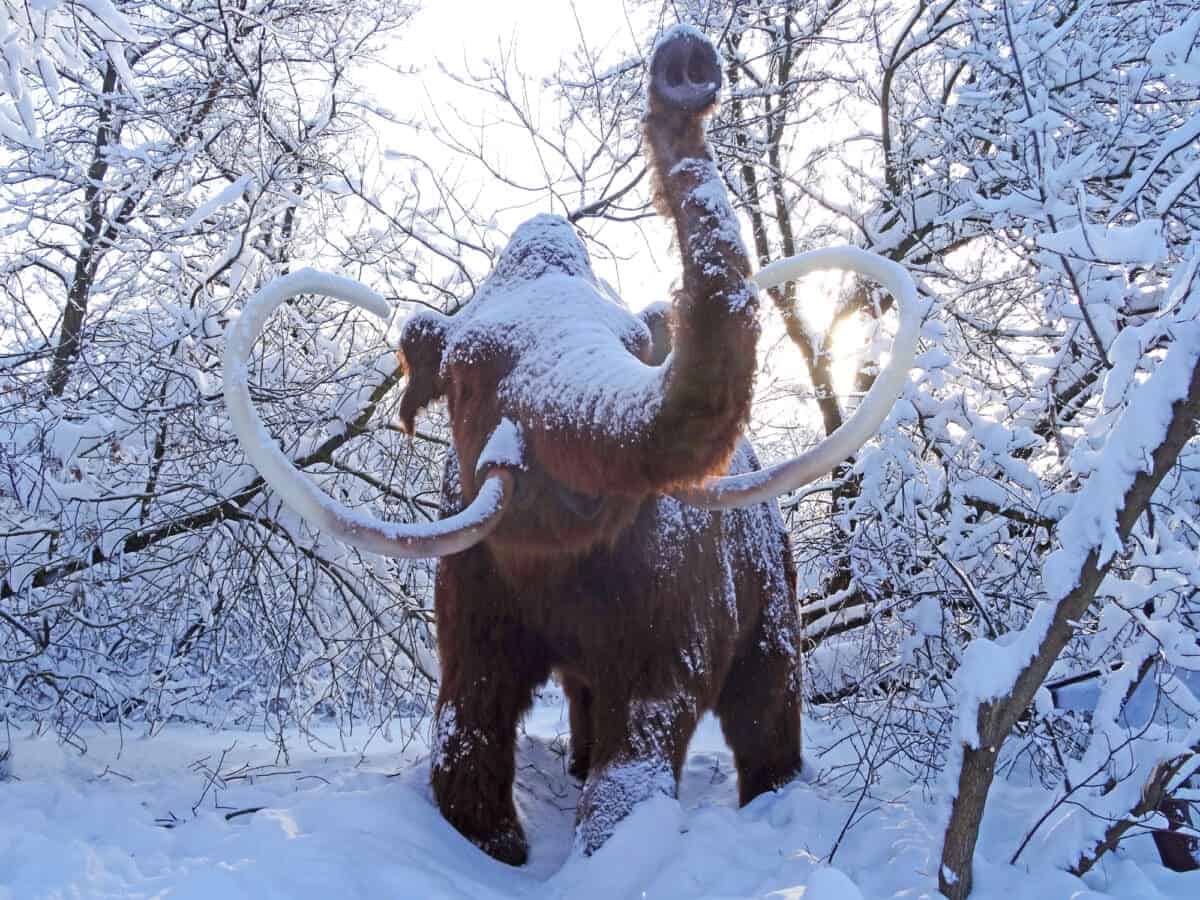
The woolly mammoth was primarily found in what is known as the mammoth steppe—an extensive, cold, and dry grassland that stretched across northern Europe, Asia, and North America. This environment provided ample food sources and suited the mammoth’s dietary needs. They were highly adapted to the permafrost plains and valleys, which sustained their populations throughout the Ice Age.
Fossil evidence shows that woolly mammoths were exceptionally widespread, with remains discovered from the British Isles to the Arctic coasts of Russia, and as far south as Spain and northern China. Their adaptability allowed them to navigate diverse terrains, contributing to their expansive distribution.
Evolutionary Success and Social Structure
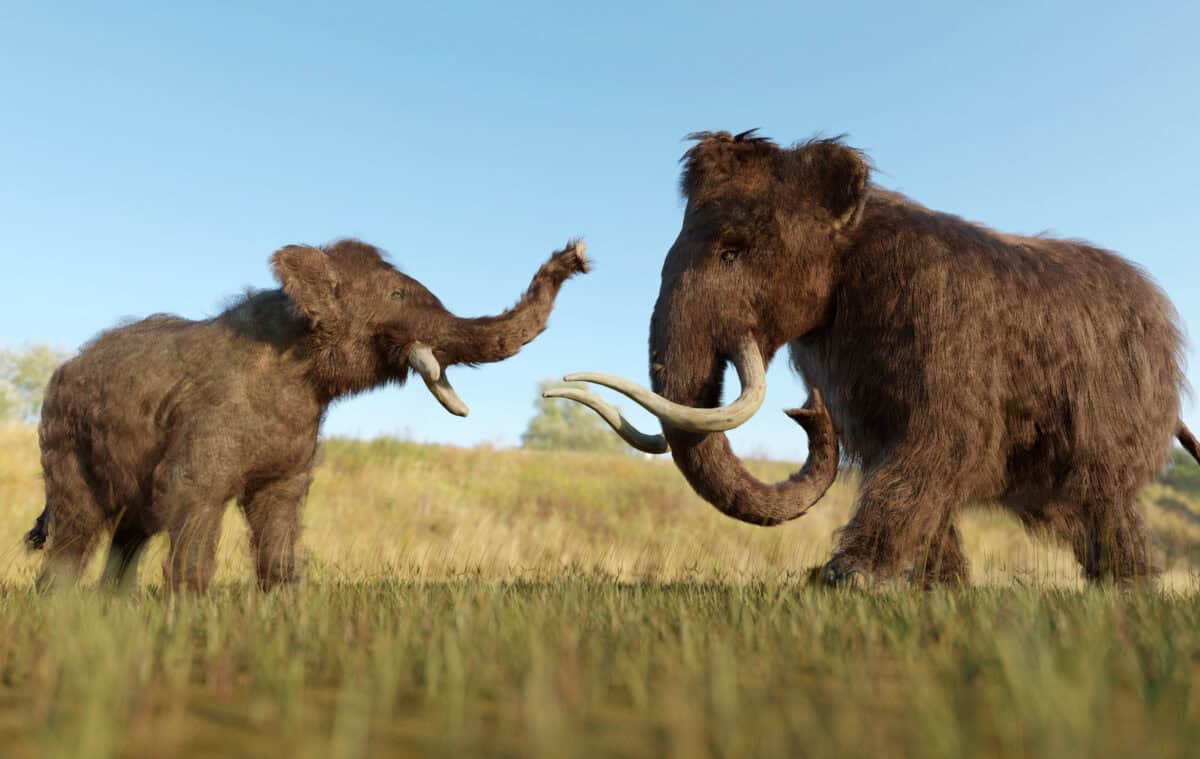
Woolly mammoths are part of the larger family Elephantidae and share a common ancestor with today’s elephants. Their evolutionary journey began around 400,000 years ago when they branched off from the steppe mammoth, their direct predecessor. This evolutionary path equipped them with numerous adaptations—such as their luxurious fur and insulating body fat—that allowed them to dominate the frigid landscapes.
Contrary to the solitary nature observed in some modern elephants, woolly mammoths likely lived in family groups, much like the highly social matriarchal herds of African elephants today. These mammoth herds provided a social structure that enhanced their survival not just through protection in numbers but also through collective food foraging strategies and childcare.
Role in Ice Age Ecosystems
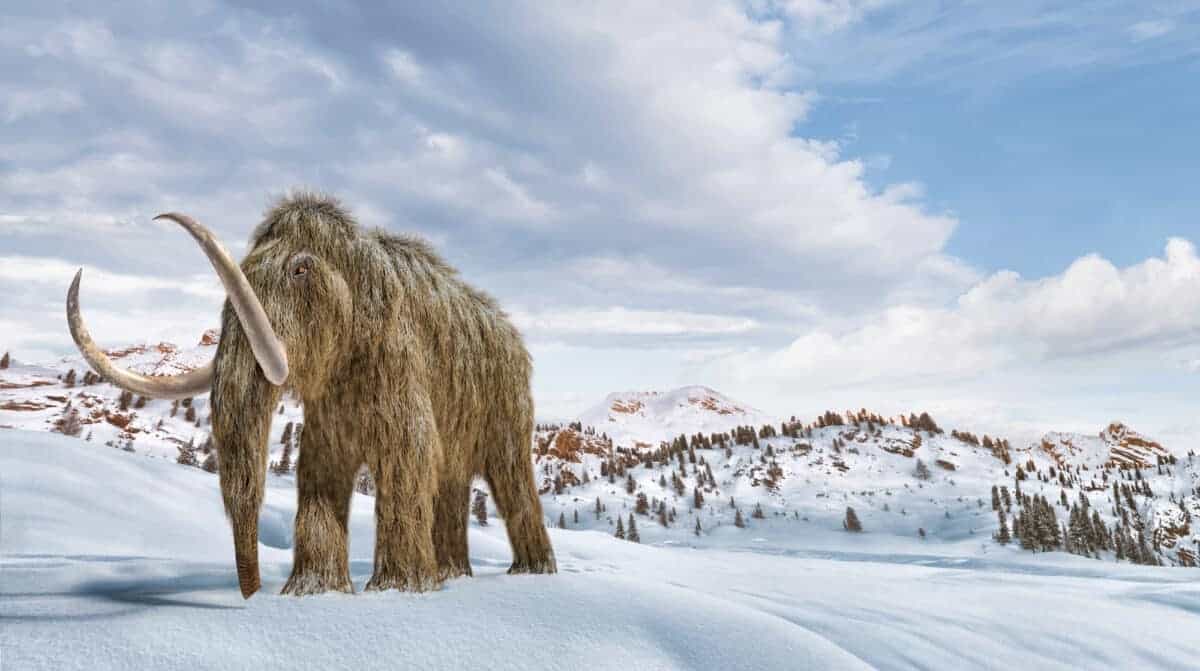
The woolly mammoth played a significant ecological role in its environment. As mega-herbivores, they were instrumental in maintaining the health of the mammoth steppe ecosystem. By constantly grazing, they prevented overgrowth, maintained plant diversity, and facilitated nutrient recycling by fertilizing the soil with their dung.
Moreover, the woolly mammoth was a crucial food source for apex predators such as saber-toothed cats and hyenas. Their presence also impacted smaller scavengers and a wide range of other species, creating a dynamic and interconnected web of life in the prehistoric landscape.
Extinction and Legacy
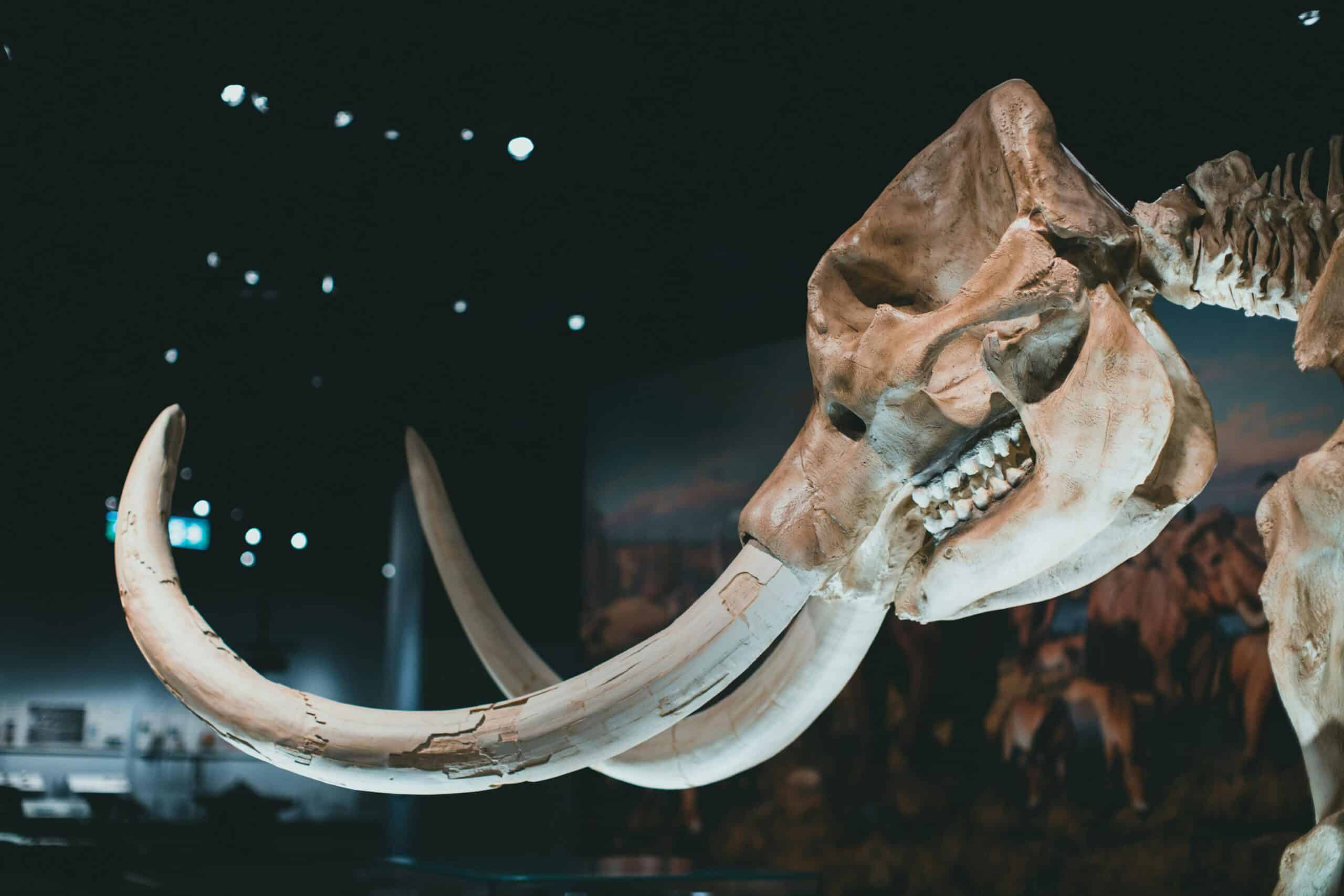
The woolly mammoth’s extinction is a topic of much scientific debate and research. They began to decline about 10,000 years ago, with the last known populations surviving on Wrangel Island until about 4,000 years ago. A combination of climate change—leading to the disappearance of their grassland habitats—and hunting pressure from humans are primary factors considered in their extinction.
Despite their extinction, woolly mammoths continue to have a significant impact today, offering scientists valuable information about Ice Age climates and environments. Advances in genetic research have even sparked discussions about “de-extinction,” through efforts to revive the woolly mammoth using DNA technology and surrogate elephants—a testament to our enduring fascination with this magnificent prehistoric giant.
Conclusion

The woolly mammoth remains a compelling subject both for its majestic presence in the prehistoric world and its lingering influence on modern science and culture. As research continues, these creatures offer us valuable lessons about adaptation, survival, and the profound implications of environmental changes. Whether they walked the earth again or continue to inspire from the past, the woolly mammoth stands as a reminder of the wondrous diversity of life that has graced our planet.
- Do Sharks Really Have to Keep Swimming to Stay Alive? The Truth Revealed - August 19, 2025
- New York’s Peregrine Falcons – The Fastest Birds in the World - August 19, 2025
- Why This Lightning Strike Broke All Records in US History - August 19, 2025

